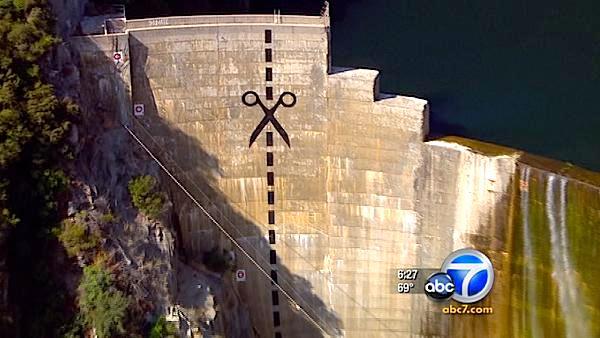As Rick Meril at the excellent blog, Coyotes, Wolves, and Cougars.....Forever!!! pointed out in a recent post bipartisan support of endangered species acts and clean air, water and land conservation efforts were at one point in this countries past supported by both republicans and democrats. Remember that it was Nixon who signed the Endangered Species Act into existence. So when did the schism occur? Blame Reagan, who in the 1980's elected James G. Watt as the U.S. Secretary of the Interior.
 |
| James G. Watt. wiki |
Now not only did Watt posit environmental regulations and concerns as a chief deterrent to economic wealth and prosperity but openly cited his Dispensationalist Christian faith as informing his environmental methodology. The alleged quote "After the last ree is felled, the lord will return" is attributed to him. Although there is no actual proof he said this, the quote is not too far off the mark with regards to his track record. Together with the head of the EPA, Anne Gorsuch Burford, the duo set the standard for Republican attitude towards environmentalism. A standard that, unfortunately, continues to this day.
What often gets lost in the discussion, when acts such as the endangered species act are cited as a deterrent to economic vitality is this: That the endangered "little fish" or "stupid frog" is actually an emblem for an entire ecosystem. These canaries in the coal mine are just the first in a whole network of species to show outward signs of distress, while in reality it is the whole biological network- the community as a whole- that is in decline. Secondly industries shift, move, and go extinct themselves. Take the city of Detroit for example. So if the air, water, and soil of a land is poisoned in the name of industry, when that industry moves, implodes or disappears- now that land is good for nothing. No hunting, fishing, hiking, recreational sports, or agriculture. Good for no one.
A little less than a year ago this article ran in the local free paper, The Ventura Reporter: Restoring Steelhead to Cost Up to $2.1 Billion Over Next Century. Now the fun part about this article is, of course, the comments section. Having a strong republican flavor here- Simi Valley and several naval bases call the county home- you can well imagine the furor such an article would stimulate. One of my favorite pro arguments is that the 1.2 billion dollar price tag is the equivalent of a B-2 stealth bomber, but unlike the bomber- steelhead are edible.
But again what gets lost is that $2.1 billion is actually about not just the steelhead- but restoring the ecosystem as a whole- there are several other state and federally threatened/endangered species that would benefit from the steelhead recovery effort. And if you want to take a look at the recovery proposal from NOAA here is the link.
What should be apparent to readers of this blog is that the watersheds that house steelhead and are proposed as recovery areas are the exact same watersheds I and others advocate for beaver restoration efforts. Now you would not need $2.1 billion to restore beaver into these watersheds. Hell, $2.1 million might do the trick just fine. I'm just saying, bang for your buck, beaver restoration- coupled with some nice dam removals and Arundo donax round ups might be the best bet.
 |
| Matijilla Dam in Ventura County. Scissor graffiti is real |
From the NOAA paper:
"Recovery of viable, self-sustaining populations of southern Steelhead will require a shift in societal attitudes , understanding, priorities, and practices and ultimately the reintegration of the species into a highly altered landscape that is home to more than 22 million people."
A little touch-feely but good vid by EDC on Santa Barbara based Mission creek steelhead restoration with groundbreaking culvert retrofit.
Restoring Steelhead to Cost Up to 2,1 Billion Over 100 Years. VCS. 1-12-12
Support me on Patreon.
Like antediluvian salad on facebook.
Watch me on Deviantart @NashD1.Subscribe to my youtube channel Duane Nash.
My other blog antediluviansalad.blogspot














